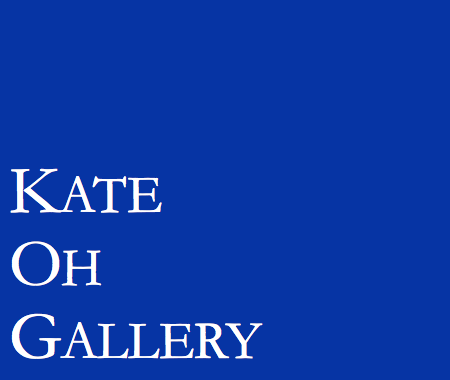In the light
Hosook Kang
October 3-27, 2019
Opening Reception: October 3, 6-8 pm (by RSVP only)
(RSVP only: RSVP to info@kateohgallery.com)
Kate Oh Gallery is pleased to present “In the light”, featuring the works of artist Hosook Kang. Join us for the opening reception (RSVP only) on Thursday, October 3, 6-8pm. The exhibition will end on October 27. To view the show, please schedule an appointment with Kate Oh Gallery at Info@kateohgallery.com.
A web of tightly packed, repeating dots, circles and fan-shaped segments fill an entire canvas, creating a surface that features a sense of space and density. The pictorial space, with backgrounds in both shades of gray and various colors occasionally leavened with yellow, suggests the sensation of being filled with an effusion of light energy, on the cusp of an outright explosion, and at other times, bold colors commingle to create the sensation of having captured the bright and buoyant variations and rhythmical transitions of light darting into and between objects.
It is easy to read Kang’s paintings as depictions of light shimmering amid the branches of a tree, the flicker of a flame interacting with the air, or the power of a sun that pierces through the clouds, but they are not so many reenactments of light in natural settings. Rather, they are attempts to express the spiritual inner world of the artist through the dynamism and energy of light in nature—that is, through that which resonates with the artist emotionally.
Light is not a material with a concrete form, nor can it be measured or touched. Light is ubiquitous, circulating as a mass of energy. The inspiration felt in nature, in travels through mountains and temples, or the ocean is given form and materialized through this evasive substance: light. In the West, light is often described as a symbolic representation of God, and thus seen as transcendent. In Eastern Taoist philosophy, the idea of qi, which refers to the flow of a vital force in the creation and regeneration of all the things in the universe—that is, the force of invisible energy—is in this sense comparable to the transcendence of light. Beyond the dimension of physical matter, there is the dimension of the universal, and it is that very energy which is reflected in the work.
The beads of light in the space—or rather, the energy that radiates qi—seem to rise or fall vertically, or to sway from side to side, or vice versa. In certain instances, the light seems to extend outwards from the middle of the canvas in four directions, as though expanding the domain of its influence to the wall beyond the canvas and the frame. In other instances, gradually emerging specks of light seem to be exerting their force directly over us, as though reflecting the space we, the viewers, are standing in. As evidenced by the above, these representations of light are kinetic, suggesting intrinsically vibrant and organic motility. Just as one might experience the sensation of unity beyond the physical plane when one is in communion with nature, by similarly immersing oneself into these paintings it is possible to experience the spiritual transcendence induced by light. Overall, the bright and cheery color palette interacts with the sensation of dynamism and motility, intensifying the experience.
By expressing the play of light—a symbol of endless creation, regeneration and circulation as well as the key to the foundational theories of the universe—in forms and colors that can be grasped through the senses, the viewers are afforded to the opportunity to feel with the body as well as the mind, and invited to rethink their relationship to nature and all that lives in nature. In such a way, the artist seeks not just to excavate one aspect of the light and shade that defines our lives but to explore a more fundamental, emotional dimension.
An attitude of contemplation towards life as bright and filled with hope, one that overcomes the tribulations of the trivial is thus coherently expressed in the paintings, through the representations of transcendent light.












